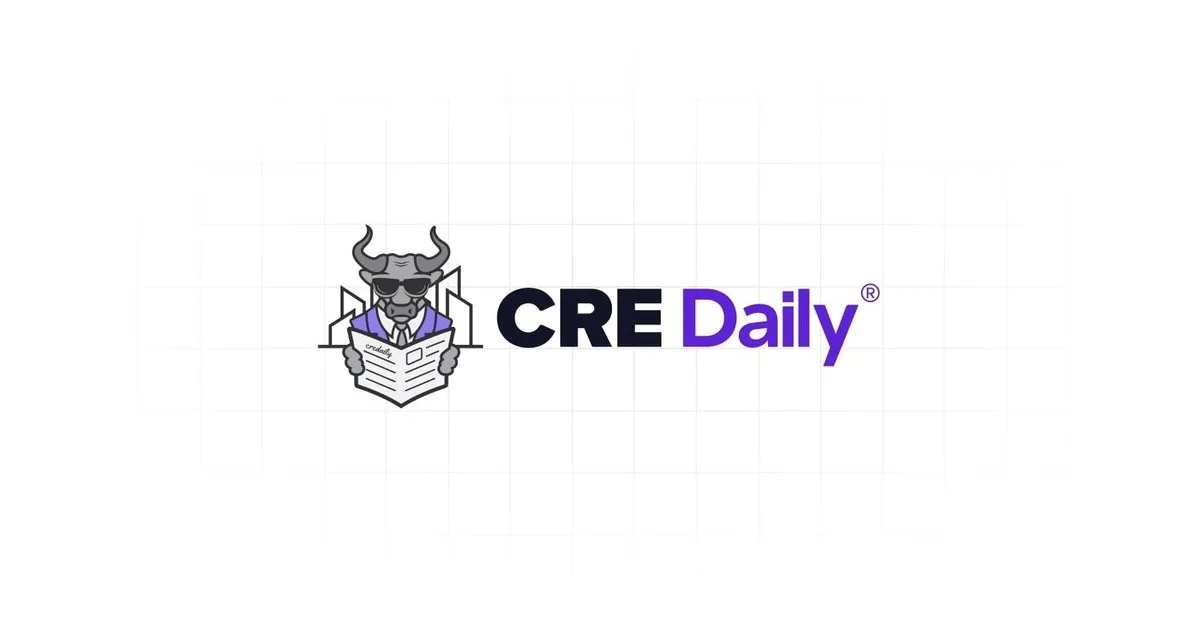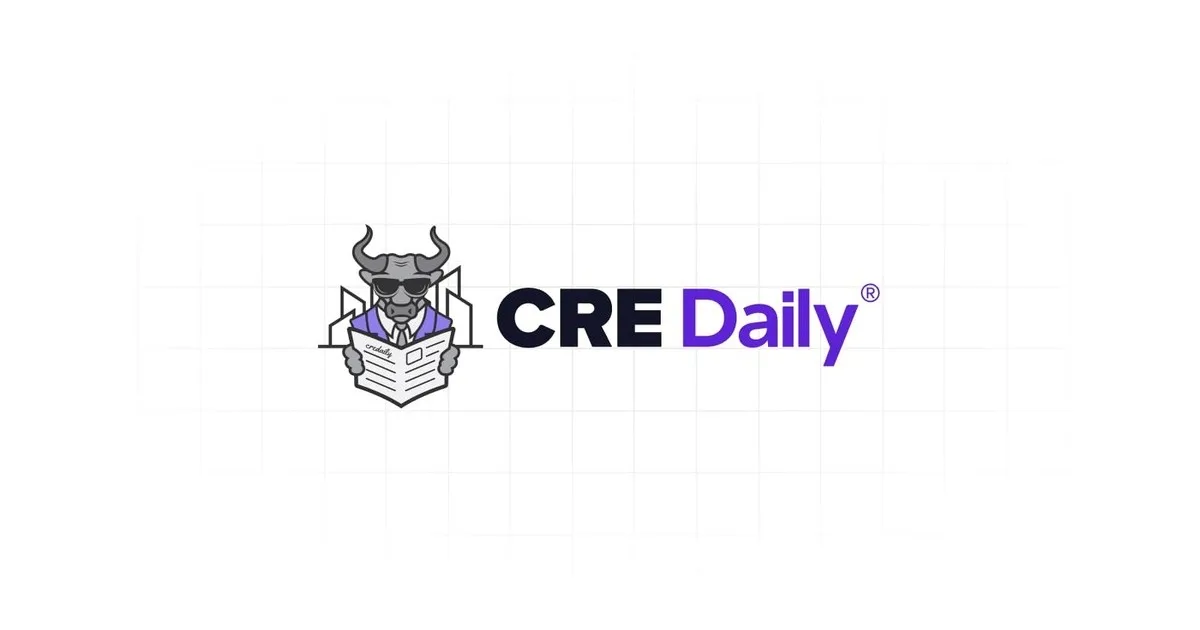- US job growth slowed to just 22,000 in August, pushing unemployment to 4.3% and underemployment to 8.1%, raising concerns for lower- and middle-income renters.
- Class A multifamily properties are expected to benefit from upper-income households staying in the rental market, with rent growth outpacing lower-tier properties.
- Persistent construction labor shortages, trade policy impacts, and elevated costs may limit new supply even as lower interest rates provide some relief to real estate investors.
A Cooling Labor Market
Employment growth slowed in August as nonfarm payrolls added just 22,000 jobs, per Globe St. Unemployment rose to 4.3% while underemployment climbed to 8.1%, signaling stress in the job market for lower-wage workers. Marcus & Millichap noted unemployed Americans outnumbered job openings in July for the first time since 2021. This job market trend reinforced expectations that the Federal Reserve will cut interest rates at its next meeting.
Implications for Multifamily Housing
The uneven labor market is poised to widen the divide across apartment classes.
- Class A properties are expected to benefit from demand among higher-income renters who remain priced out of homeownership. Vacancies are forecast to hold steady at 4.4%, with rent growth of about 3% annually.
- Class B and C properties face more pressure as middle- and lower-income households struggle with affordability amid rising underemployment. Rent growth in these segments lags at around 2%.
Sector-Specific Job Trends
Job gains were concentrated in healthcare (+46,000), while federal government, manufacturing, and wholesale trade each shed more than 10,000 positions. Manufacturing employment fell by 12,000 jobs, partly due to tariff-related pressures, and professional and business services dropped 17,000 roles as office-using industries remained volatile.
Get Smarter about what matters in CRE
Stay ahead of trends in commercial real estate with CRE Daily – the free newsletter delivering everything you need to start your day in just 5-minutes
Productivity and Policy Pressures
Despite labor headwinds, productivity increased 3.3% annually in the second quarter, aided by efficiency gains from artificial intelligence, while unit labor costs fell 0.2%. However, construction employment declined by 7,000 jobs in August, hampered by tighter immigration trends and trade-related cost pressures. Average hourly earnings in construction rose 4.2% as foreign-born participation slipped to 66.4% from 67.7% year over year.
Why It Matters
For real estate investors, an expected rate cut may ease long-term yields and reduce financing costs, particularly benefiting developers and tenants reliant on short-term debt. Yet constrained labor supply and elevated costs could continue to cap construction pipelines, limiting new multifamily deliveries even as demand persists.


















